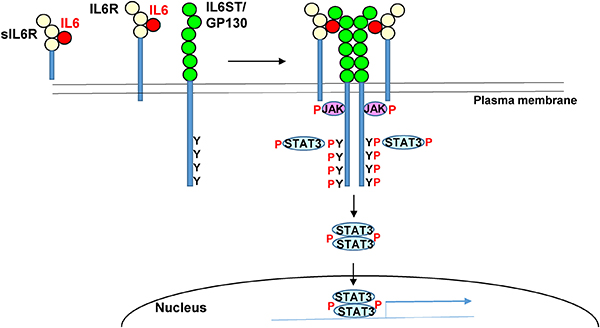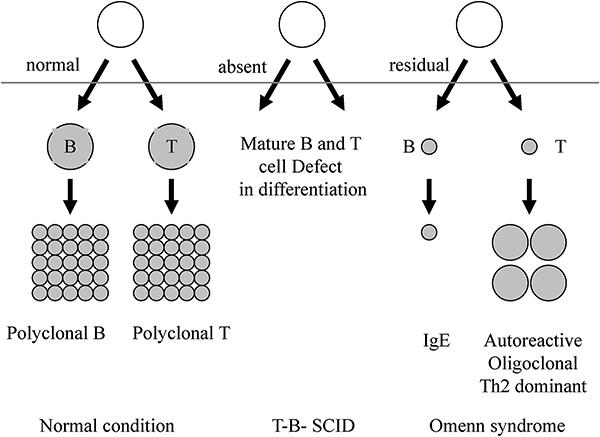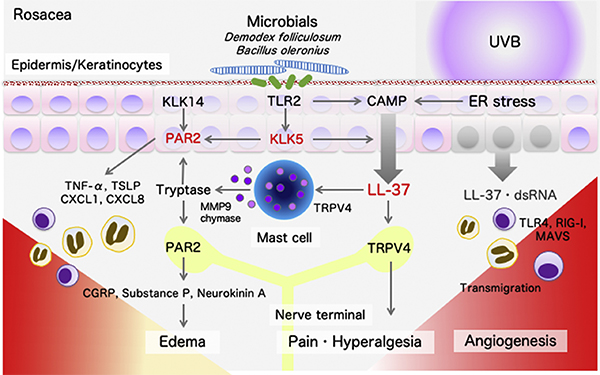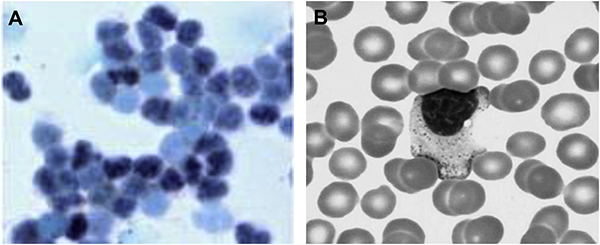Volume 70, Issue 4 (October 2021)
Review Series: Valuable Lessons from Analyses of Common Signs and Symptoms in Rare Diseases
Minegishi provides an excellent review regarding classic multisystem hyper-IgE syndrome-1 (HIES1; OMIM #147060), associated with STAT3, zinc finger protein 341 (ZNF341), interleukin 6 signal transducer (IL6ST), interleukin-6 receptor (IL6R), tyrosine kinase 2 (TYK2), serine peptidase inhibitor Kazal type 5 (SPINK5), transforming growth factor beta receptor (TGFBR) 1/2, and caspase recruitment domain-containing protein 11 (CARD11).
Okamoto and Morio provide a comprehensive review of inborn errors of immunity (IEI) with eosinophilia, such as Omenn syndrome (T cell repertoire restriction), Wiskott-Aldrich syndrome (WAS), dedicator of cytokinesis 8 (DOCK8) deficiency, immune dysregulation, polyendocrinopathy, enteropathy, X-linked (IPEX) syndrome, T-bet deficiency, and others.
Yamanishi and Imai provide an intriguing review article centered on the roles of cell/tissue damage in intractable skin disorders, including atopic dermatitis. Alarmins and stressorins are molecules generated or released from damaged/stressed tissue and/or cells and trigger immune reactions through specific receptors. Those receptors contribute to the triggering, exacerbation, and perpetuation of local inflammation associated with skin barrier dysfunction. They also explain the roles of innate immunity (non-specific immune responses) in atopic dermatitis and other skin diseases.
Yamada, Ishikawa, and Imadome review a unique immune disorder called “hypersensitivity to mosquito bites (HMB)”. IgE- and IgG-mediated hypersensitivity to mosquito bites is called skeeter syndrome. Unlike patients with skeeter syndrome, those with HMB exhibit much more severe allergic reactions, including intense local skin signs and symptoms such as granuloma and ulcer formation, as well as systemic fever and liver damage. In those patients, Epstein–Barr virus (EBV) infects NK cells, and monoclonal expansion of those cells causes malignant lymphoma. The authors cover most of the recent topics in the field.






